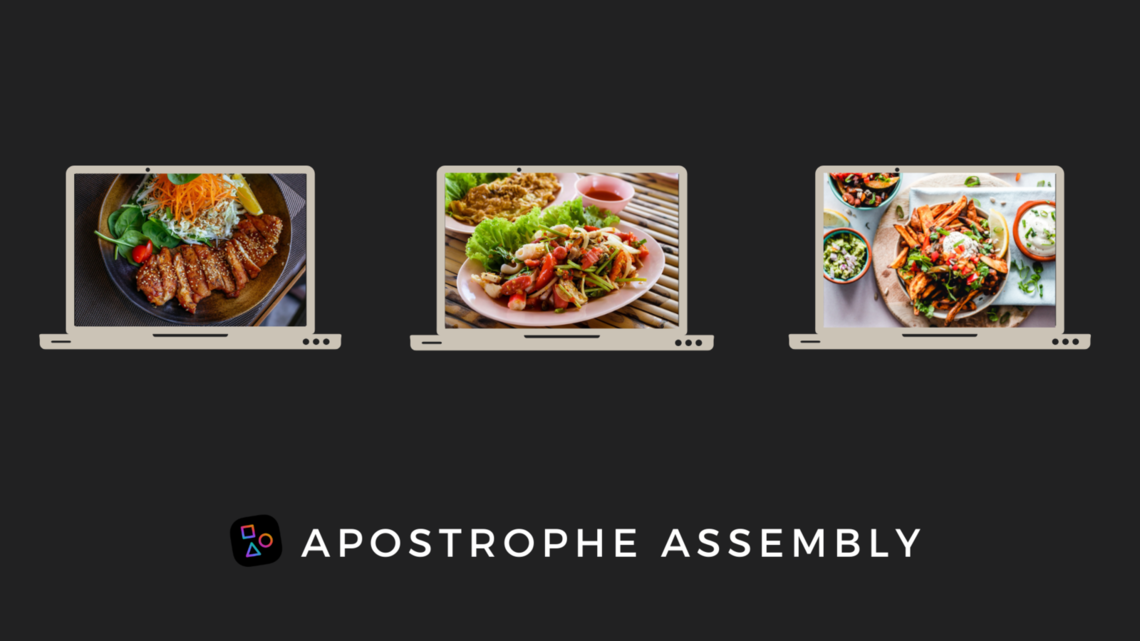Now that doors are re-opening all around the world, restaurants are again in high demand, and the rise of unique, independent and experiential dining is more prevalent than ever. Diners are looking for more authentic experiences after many, many, many months of at-home kitchen trials and take out. As summarized by Eventbrite, 75% of restaurant go-ers believe it’s worth paying more money for a unique dining experience, 76% value a memorable location, and 74% seek out a one-of-a-kind experience. As we recently discussed in our restaurant localization post, the decision on where to dine starts on the web, with 90% of guests researching a restaurant before dining, and 57% of that traffic is direct to the restaurant's website. Supporting this boom of independent and boutique collection restaurants are specialized website providers, meeting the need for more than just a standard Wordpress or Squarespace off-the-shelf restaurant theme.
What is a Multisite Platform?
A multisite platform is a type of website architecture that allows users to create and manage multiple websites from a single dashboard, drawing upon global properties to benefit the efficiency and speed of site deployment and ongoing maintenance.
Multitenancy is another common term for this many-site approach. An overly simplified definition of multitenancy is where many sites are based off of a single instance, allowing each site to be independent of the others, but benefit from the form, function and infrastructure produced by the other sites. The fleet of websites can then be managed by a single website dashboard with little to no coding necessary.
Why Choose Multisite Over Many Sites?
For any industry, there are many benefits to a multisite approach when you need more than one website, but the availability of global options weighs in at the very top. Some examples of global options include:
Users: You can create users (editors, admins, etc.) for one site and then simply assign or provide access to these users within the dashboard, as opposed to creating new users and multiple login points.
Workflow: By carrying over existing users from one site to another, their permission sets come along standard. So whatever approval workflow that works in one site is applied to additional sites.
Component Library: A component library is a reusable repository that maintains custom built components. These recurring elements, such as button types, feature galleries, carousel slides, headers, and much more, are then available to use from one site to the next without additional development. For restaurants, this means that the downtown location custom reservation form layout on Website A can be added simply by selecting the widget for Website B for the uptown location.
The global options found in multisite set-ups supports rapid production and deployment of future websites, campaigns and sweepstakes, as well as limited time landing pages for events or holiday promotions. This approach saves time, saves development costs, and supports a more dynamic and responsive digital environment for management team users and site visitors.
The primary driver for restaurants to undertake a multisite approach is when there are multiple locations of the same restaurant brand, or when a single company offers a collection of uniquely branded restaurants and wants to leverage the advantages of many websites under the same umbrella.
Pitfalls of Some Website Builder Platforms
Not all website builder platforms are the same, produce the same results, or provide the same benefits. One very clear differentiator is offering a multisite option at all. It is possible to have multiple sites on the same platform, but a true multisite will have the dashboard and global options already baked-in. After identifying the few platforms that do offer a multisite experience there are other pitfalls that you will want to avoid.
- Vendor lock-in with unfriendly terms for food and beverage locations
- High price tags for customization
- Lag in deployment resulting in costly months long roll out periods
- Content gated behind developers, hindering content managers and on-site team from making updates and changes
Apostrophe Assembly for Restaurants
As a website builder platform, Apostrophe Assembly takes the powerful functionality of ApostropheCMS with in-context editing, and extends the platform to a low-code digital experience management tool for one or many websites.
What makes Apostrophe Assembly technically different from other website builders is that, in contrast to PHP-based systems, such as Wordpress, Apostrophe is written completely in JavaScript, the language of choice for today's developers. And unlike some other CMS solutions, Apostrophe can be deployed as a headless or traditional CMS, powering Apostrophe Assembly to function in the best way for the business.
With Apostrophe, there are no limits to how a website can be presented or behave. With some quick-turnaround site builders there are only certain formats to conform to and with future trends or demands, a business can quickly outgrow these basic platforms. Apostrophe is successful because there are no inherent limitations, and there is an ever-growing repository of modules and extensions due to its roots in the open source community.
- Spin up a new restaurant website in minutes (not weeks or months) equipped with brand approved guidelines and the feature sets needed to provide the wow for the visitor on-screen, as they would expect from their dining experience
- Apply the global options for the restaurant company (parent, brand), so that those tasked with managing the website can be successful
- Give staff the power to make changes that they are confident in (on-page editing) while limiting certain areas, such as site wide design elements, for the subject-matter experts
By leveraging global options and component libraries, Apostrophe Assembly is a dynamic tool for restaurant groups to manage their digital experiences. Kimpton Hotel & Restaurant Group, a subsidiary of InterContinental Hotels Group, has a vast collection of boutique restaurants located within their hotels all across the world. Upon evaluating CMS and website builder solutions, Kimpton found that Apostrophe Assembly was the right fit for several reasons. In Apostrophe Assembly they found one interface to edit more than 60 restaurant websites, each with its own distinct brand and visual experience. They are also supported by integrations specific to the food and beverage industry, such as menus, reservations, email marketing, language translations and asset libraries. These, along with brand approved publishing workflows, made Apostrophe Assembly the right choice for Kimpton.
Read the Kimpton Case Study here.

Setting the table... er... sites for success
When setting out to choose a platform for your restaurant's digital presence be sure to have a conversation with your platform provider. Ask questions that are specific to your needs. Consider what the future might look like and build a solution around the technology that will help you get there. The right partner will help you map out the best solutions for your needs right now, and help you build a platform that is scalable for future endeavors.
To learn more about Apostrophe Assembly, and if your restaurant could benefit with a refreshed approach, schedule a personalized demo with an Apostrophe team member.

